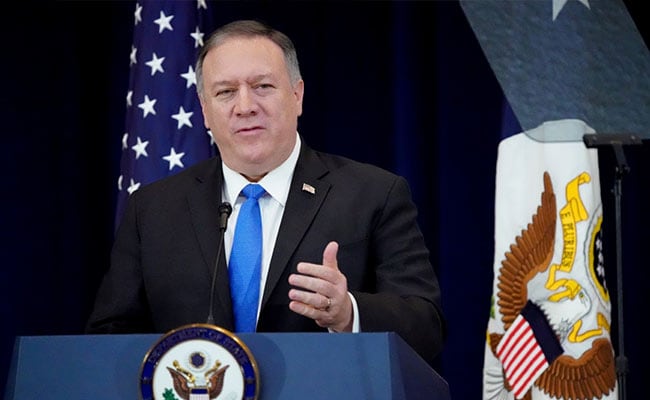Beijing likes to talk about “community of shared future of mankind”. What exactly does it mean?
July 9, 2020, 7:35 AM IST Syed Akbaruddin in TOI Edit Page | Edit Page, India, World | TOI
Discerning UN speak is an art form. When Chinese President Xi Jinping first articulated the notion of the “community of shared future of mankind”, also translated as “community of common destiny”, at the UN in 2015, it appeared vague. Not many paid attention.
Things have changed since. At the 19th CPC National Congress in 2017, “building a community with a shared future for mankind” was enshrined as a core concept and basic policy guiding Chinese diplomacy. The goal of China’s flagship Belt and Road Initiative is described as moving closer towards a “community of shared future for mankind”. Xi’s foreign policy speech compilation is titled ‘On building a community of shared future for mankind’.
It’s not only Chinese spokespersons who articulate it. UN Secretary General Antonio Guterres made a glowing reference that called for development cooperation to contribute to “building a community of shared future for mankind”. Taking the cue, UN agencies sprinkle it in their documentation.
Chinese sponsored UN General Assembly resolutions inevitably carry references. One in the 73rd session in 2018 even called for a “community of shared future for humankind in cyberspace”. Individual countries, at times, oppose such efforts. Recent reports mention objections to a ‘Chinese phrase’ delaying the UN’s 75th anniversary declaration.
Chinese scholars trace the term’s lineage to the tianxia (all under heaven) system. It’s said to build on Deng Xiaoping’s “peace and development” thesis, Jiang Zemin’s “new security concept” and Hu Jintao’s call for a “harmonious world”. According to Liu Ming, a Chinese scholar, building a “community with a shared future for humankind” will bring five changes to international relations: developing a new model for major power competition, shifting security concerns to non-traditional threats, promoting win-win economic cooperation instead of trade and technological competition, integrating non-Western practices and governance with the Western system of universal values, and managing economic development in a way that ensures ecological balance.
Couched in lofty principles of sovereign equality and mutual respect – first elucidated in the India-China ‘Panchsheel’ Agreement of 1954 – it stresses complementarity with “win-win” outcomes rather than competition and promotes tolerance for political and cultural differences.
The emphasis is on continuity of existing international institutions rather than demand for redistribution of power. Need for changes to the structural arrangement inherited from the World War II era is downplayed. The focus is on issues with broad appeal – sustainable development, countering non-traditional security threats, epidemics and pandemics, drug trafficking, money laundering, human trafficking and collaboration in frontier domains like high seas, polar regions, outer space and cyberspace.
Beyond generalities, it reflects the belief that China’s capacities and desire to play a global role have grown and need to be accommodated in global governance. But, it’s tempered with the realisation that China cannot recast the current order. Hence, the effort is to foster China’s integration in the existing order as a great power with leadership status. The subtext beneath the benign sounding concept is, at a minimum, sidestepping the universal values and core principles that hold up the existing world order and may stall China’s rise.
As Joseph Nye explained, soft power is dependent on an attractive vision of the future. China’s concept aims to be alluring. Some find it appealing. Yet, China’s assertiveness has aroused global concerns. China’s strained, even confrontational, relations because of historical, security, territorial and maritime issues dim the attractiveness of the precept. Unsettled sovereignty issues have a disconcerting way of undermining other aspirations. This is happening with China too.
Beyond a blueprint, replacing a withering order requires a game plan for change. China has not yet unveiled any game plan for implementing reform. Maybe, deliberately so. In the long game, even as China enhances its status, it feels others may be worn down or distracted from exercising leadership or at a minimum adjust to non-confrontational ways of competition. Biding time – in plain sight and without hiding – may well be the game plan.
On our part, we need to deploy those with expertise in deciphering China’s intent and those with strategic insights to assess this offering. We need to determine whether China’s “community of shared future” is the global future that India wants – in full, part or not at all. We need the guardrails of grand strategy to guide our specific choices of cooperation, competition and confrontation





